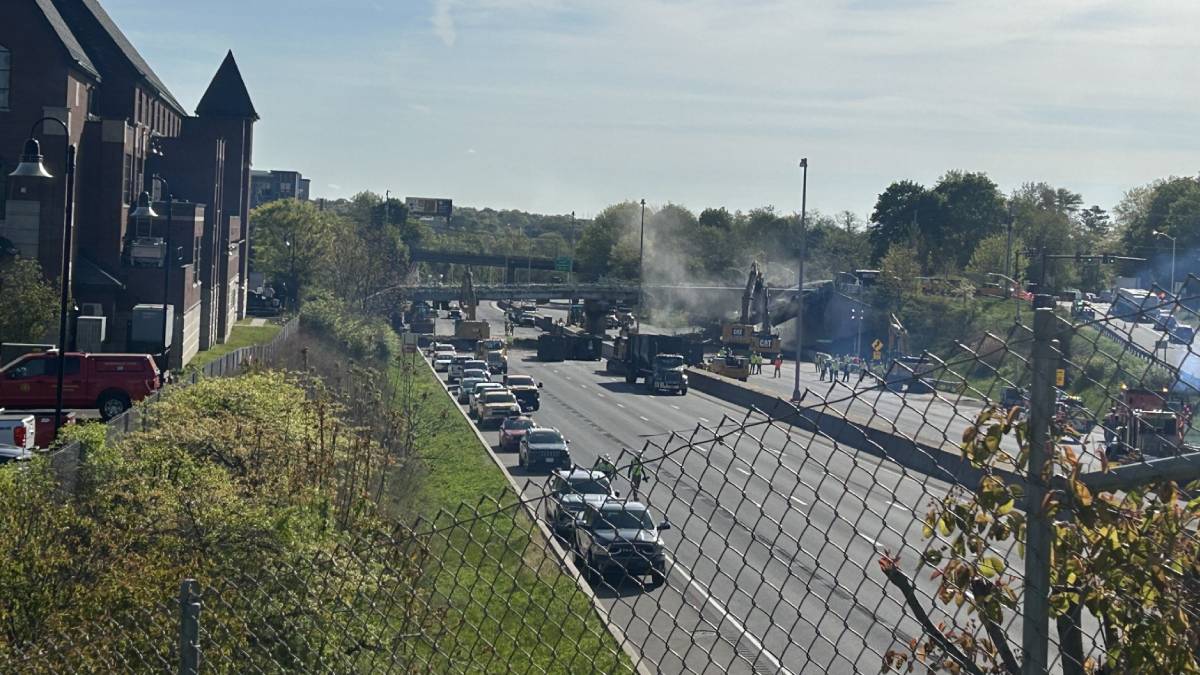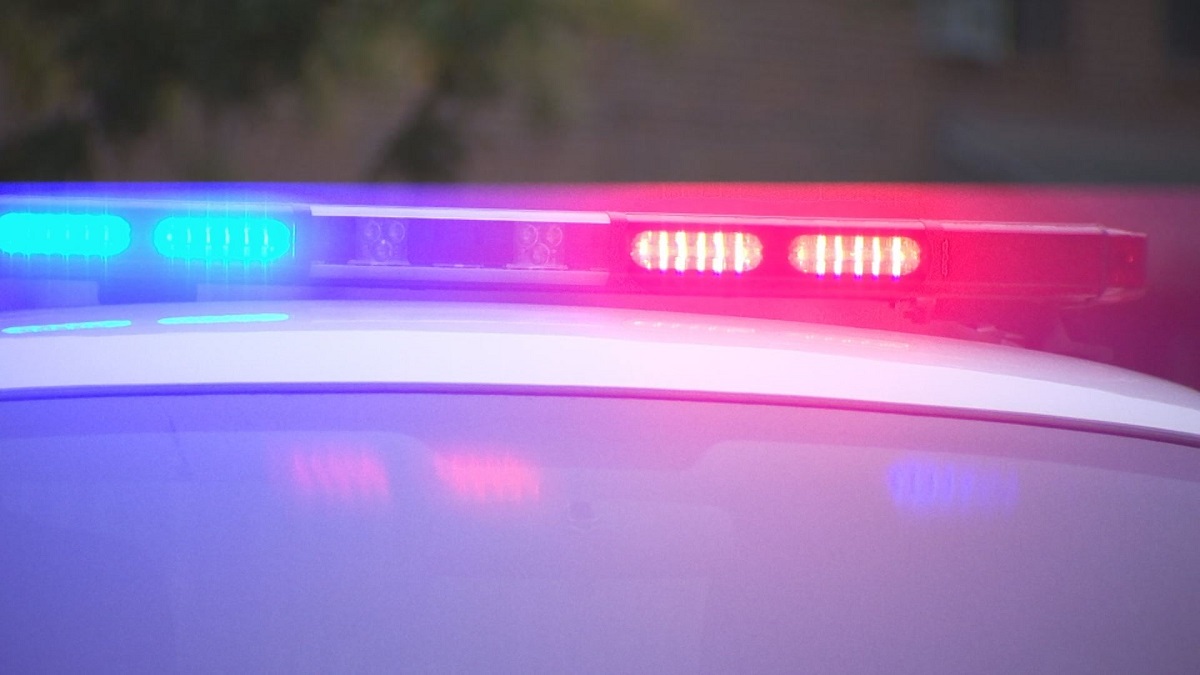State transportation officials showed off new technology meant to deter wrong way drivers from getting on the highway.
This comes as the state sees a big spike in the number of deaths caused by wrong way crashes.
Police gave us a demonstration of how the new technology works. As a black SUV enters the wrong ramp to Interstate 84 in Southington, red lights flash bright letting the driver know that they’re going the wrong way.
“There’s a camera in the sky and if it detects a vehicle in the wrong direction, it’s going to activate those lights,” Josh Morgan with the CT Department of Transportation said.
Get Connecticut local news, weather forecasts and entertainment stories to your inbox. Sign up for NBC Connecticut newsletters.
These lights are placed on the “wrong way” signs. It's part of a pilot program meant to address the issue.
Officials used $20 million from the state budget to kickstart the program. One state lawmaker said it's money well spent.
“It’s going to make a big difference in saving lives,” Sen. John Fonfara, (D-Hartford), said.
Local
The DOT is putting focus on installing the system at high-risk intersections across the state where crashes are likely to occur.
“Looked at the prevalence of nightlife, bars, restaurants, hotels, things that could drive some afterhours driving,” Morgan said.
State officials say the program is more critical now with DOT saying so far this year, there were 12 wrong way crashes resulting in 22 deaths, more deaths than the three previous years combined.
“We receive multiple calls on a weekly basis reporting wrong way drivers. No highway is immune,” Sgt. Christine Jeltema of Connecticut State Police said.
State troopers say the vast majority of wrong way drivers were drunk or impaired in some other way. They’re urging smart choices in the community.
“If someone is on a night out with their friends, and they’ll be consuming alcohol, we ask please use a rideshare program, have a designated driver or if need be, stay where you are,” Jeltema said.
The DOT said it plans to install the system at seven more locations by the end of the year, with 16 more coming next year through a contractor.



